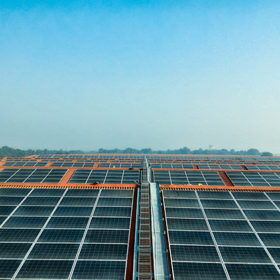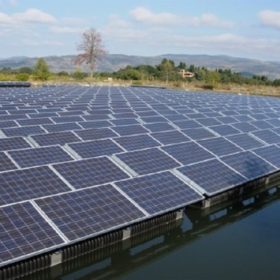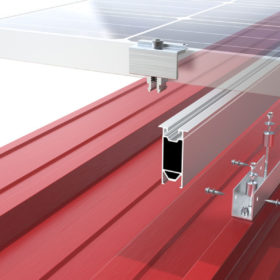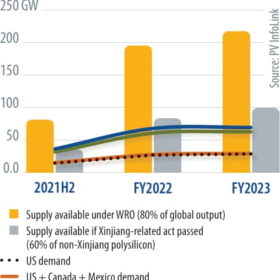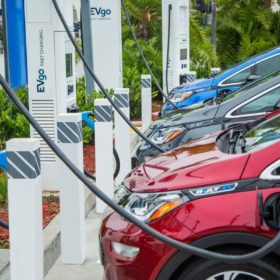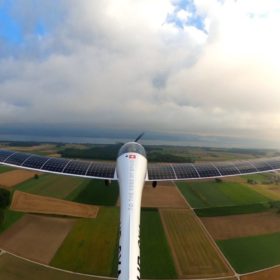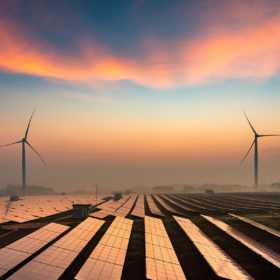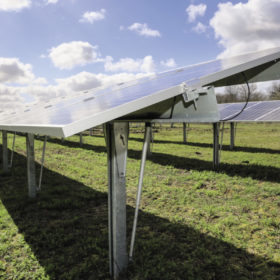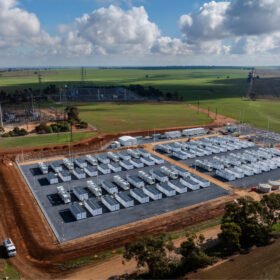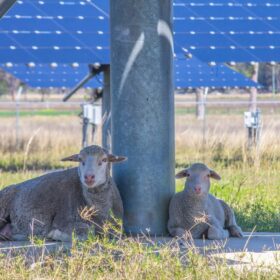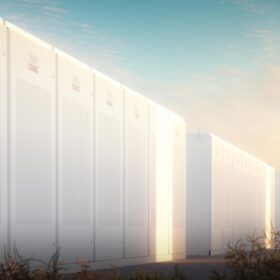India added a record 521 MW of rooftop solar in Q2
The addition of 521 MW between April to June was India’s highest ever rooftop solar capacity installed in a single quarter.
India’s largest floating solar plant commissioned
The state-owned engineer and solar EPC Bharat Heavy Electricals Limited (BHEL) has commissioned a 25 MW project at NTPC’s Simhadri thermal power station, in Andhra Pradesh.
There’s no decarbonisation without data
WePower’s Kaspar Kaarlep offers a closer look at how we must use data to avert the worst of climate change.
New mounting system for rooftop PV, from Austria
The mounting structure relies on a 5.8m long support rail that does not lie on the roof but is connected directly to a purlin placed below with self-drilling support screws.
Sunday read: looming impacts of international trade disputes on polysilicon
Polysilicon capacity is unable to catch up with rapid capacity expansion in the mid and downstream segments, writes Corrine Lin, chief analyst for PV InfoLink. New polysilicon capacity requires big capex investment and a lead time of more than two years to complete construction and reach full operation. With unbalanced capacity between the upstream and downstream segments, polysilicon prices have been rising since the second half of 2020, with prices for mono-grade polysilicon surpassing CNY 200/kg (US$27.40) in June 2021, up more than 250% year on year.
How safe are smart EV chargers?
Research has uncovered critical security threats associated with a number of common smart electric-vehicle chargers, but it’s not too late or too logistically difficult to remedy the issues.
Solar-powered airplane to reach the stratosphere
The airplane is powered by 22 square meters of solar cells with an efficiency of up to 24% and 14 kWh of lithium-ion batteries. According to its creators, it can reach an altitude of 25,000m.
Are solar and wind the cheapest forms of energy? And other FAQs about renewables
Everything you ever wanted to know about the way we will ultimately derive all our power from renewable sources, and how quickly it will be achieved.
A closer look at Australia’s ‘solar stopper’ market reforms
Australia is currently staring down a suite of reforms which could stifle our rapid and sensible transition to clean energy.
Sunday read: Digesting Europe’s border tax proposal
The European Union’s proposed carbon border tax on imports of energy-intensive goods could push up prices of steel, aluminium and raw materials, which could add costs to the supply chain for solar PV installations. In the longer run, however, the border tax could also offer solar PV manufacturers new opportunities to source materials with a lower carbon footprint.
